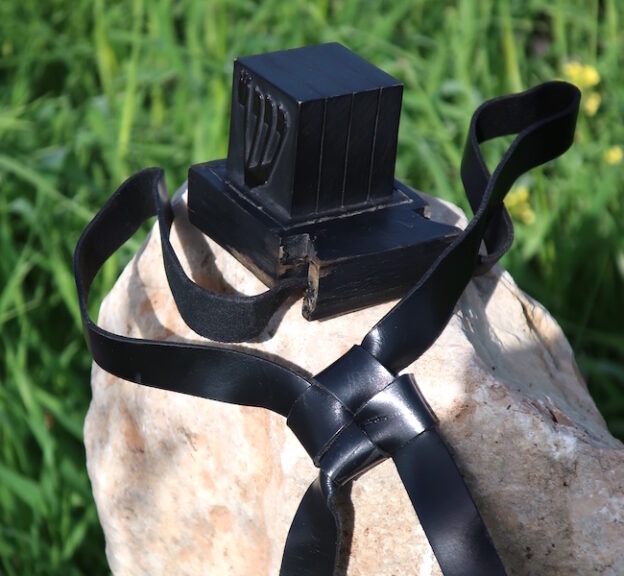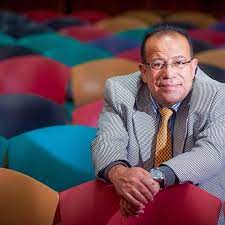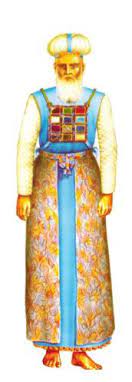Inordinate stress is put by the Talmud on being somech geulah litfillah, placing a reference to redemption immediately before prayer, i.e. the amidah (Berachos 9b). It isn’t clear why that is so important, but what has always occurred to me is that, before praising and beseeching Hashem, a consciousness of hakaras hatov, recognition of His favor toward us, embodied in the concept of geulah, is essential.
Hakaras hatov, of course, is a fundamental – perhaps the most fundamental – Torah concept.
At the very beginning of history, we read that the vegetation created on the third day would not sprout from the ground until the sixth, because it was necessary that man be created first, to “recognize the good’ of rain and pray for it (Rashi, Beraishis, 2:5).
Hashem, of course, didn’t need Adam HaRishon’ recognition of His kindness to bring rain. It seems that the concept is of such import that it had to be stressed at the beginning of humanity (as well as at the beginning of Klal Yisrael, when the striking of the Nile and the ground in Mitzrayim to effect plagues had to be performed by Aharon, because Moshe Rabbeinu had to feel hakaras hatov to the river and earth that had benefited him).
Which is why Jewish days begin with Modeh Ani and end with Hamapil, and why they are filled throughout with the recitation of birchos hanehenin and birchos hoda’ah.
What occurs, as we end sefer Shemos and begin sefer Vayikra, is that the idea of being somech geulah to tefillah is hinted at by that very juxtaposition.
After all, geulah is exemplified by Shemos, the book that revolves around the redemption from Mitzrayim and travel toward Eretz Yisrael. And the sefer segues into the building of the Mishkan, leading to korbanos, the essential theme of Vayikra. “Sacrifices” (or, better, “closeness creators”) are replaced in our day (and even in ancient times were accompanied) by prayer.
So Shemos’ geulah leads immediately to Vayikra’s tefillah. The Torah itself, it seems, is somech geulah to tefillah.
And so the unexpected use of the word “adam” when korbanos are introduced (Vayikra 1:2), explained by the midrash brought by Rashi as a reference to Adam HaRishon, may also hint at something else we know from the first man: that hakaras hatov needs to precede prayer.
© 2024 Rabbi Avi Shafran









